77 Trust Signals to Build Website Trust, Visits and E-Commerce
"Trust signals," broadly defined, are the evidence points that inspire confidence in your brand...

Note: Trustsymbols.com forwards to this post. If you are seeking to learn more about website trust signals or trustmarks such as e-commerce trust badges, endorsement trust badges and social media trust badges, you can visit our post, "77 Trust Signals to Increase Website Visitors and Conversions." This post focuses on classic symbols of trust and what they teach us about earning brand trust today.
Trust has existed as long as humans have. In fact, it predates us as a species. Studies of primates demonstrate that their capacity to trust is similar to our own; it is an essential glue for their communities. A study of capuchin monkeys -- popularly known as being the favored sidekick of organ grinders -- showed that the monkeys go through a fascinating ritual of poking each other in the eye (like a capuchin "trust fall") before participating in shared activities, such as hunting.
The first human societies came together because of trust. The greatest empires endured because of it. And nearly every civilization that has fallen saw the bonds of trust collapse first.
From our earliest days, we have communicated trust with symbols, such as flowers, shapes and colors. Trust symbols are powerful not only because instantly convey trust, but also because they remind us of the qualities needed to build and sustain trust. Let's take a look at the origins of 16 trust symbols and what they might teach us today.
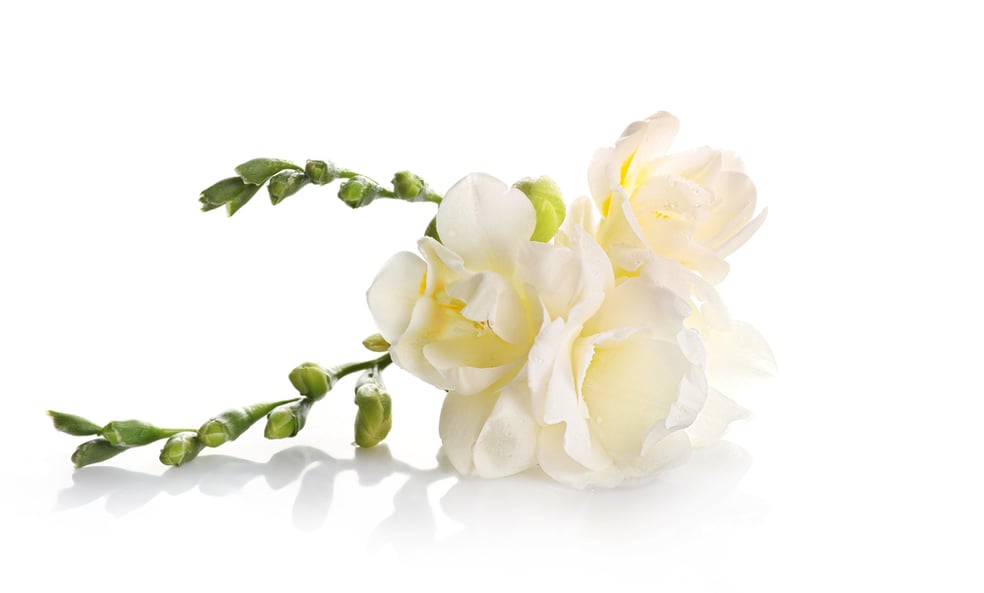 During the repressive Victorian era in 19th-century England, floriography -- the language of flowers -- became popular as a way for people to express their emotions toward others. Specific flowers and flower arrangements delivered a coded message to the recipient.
During the repressive Victorian era in 19th-century England, floriography -- the language of flowers -- became popular as a way for people to express their emotions toward others. Specific flowers and flower arrangements delivered a coded message to the recipient.
Sending a bouquet of sweet-smelling African freesias was the ultimate sign of trust. The flower was named for German physician-botanist Friedrich Heinrich Theodor Freese by another botanist to celebrate their friendship, perhaps inspiring the association.

Study after study has shown that people associate the color blue with trust. From the sky to the sea, we relate blue to symbols of security and permanence.
Etymologically, the term "true blue" has been used to describe trustworthiness for centuries. In the Late Medieval Period, the town of Coventry, England was known for its talented dyers. Dying clothing and fabrics in those days -- using sometimes poisonous berries and plants to create pigment -- was a job that was both tedious and dangerous. The dyers of Coventry were renowned for producing blue cloth that could be trusted to never fade. The phrase "as true as Coventry blue" was shortened to "true blue" and the rest is history.
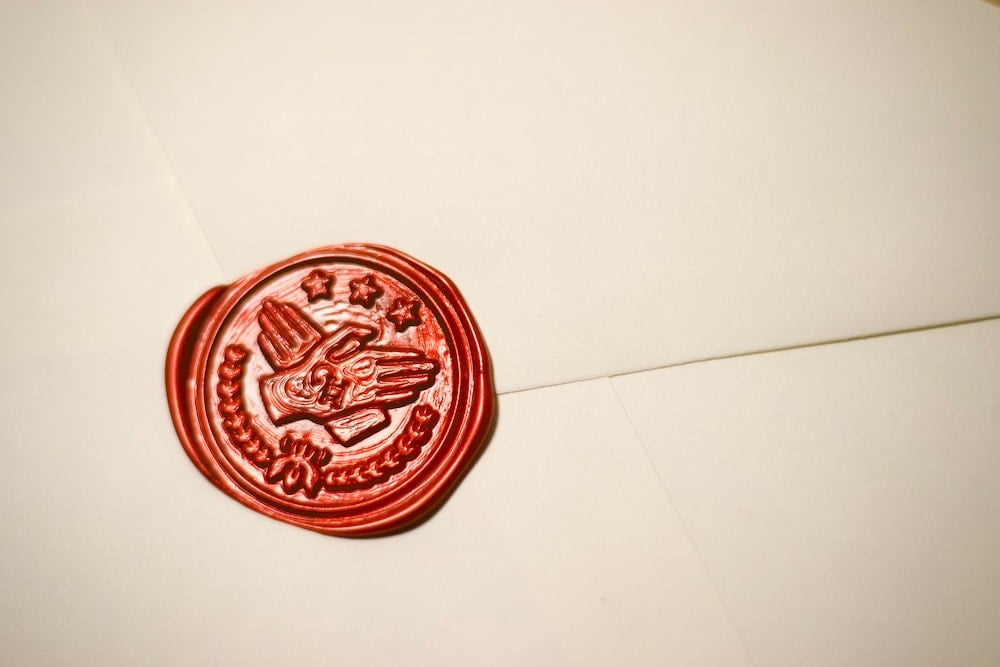
In Early Medieval Period, wax seals came into common use by royals, bishops, and government officials to authenticate official documents. By the 13th century, all segments of European society began using seals, both for business purposes and personal messages such as proclamations of love. Most famously, King John of England sealed rather than signed the Magna Carta with a beeswax seal he attached to the document in 1215.
This history explains how the wax seal came to be symbolize trust. A broken seal, by contrast, meant broken trust -- someone had tampered with a document that was meant for your eyes only.
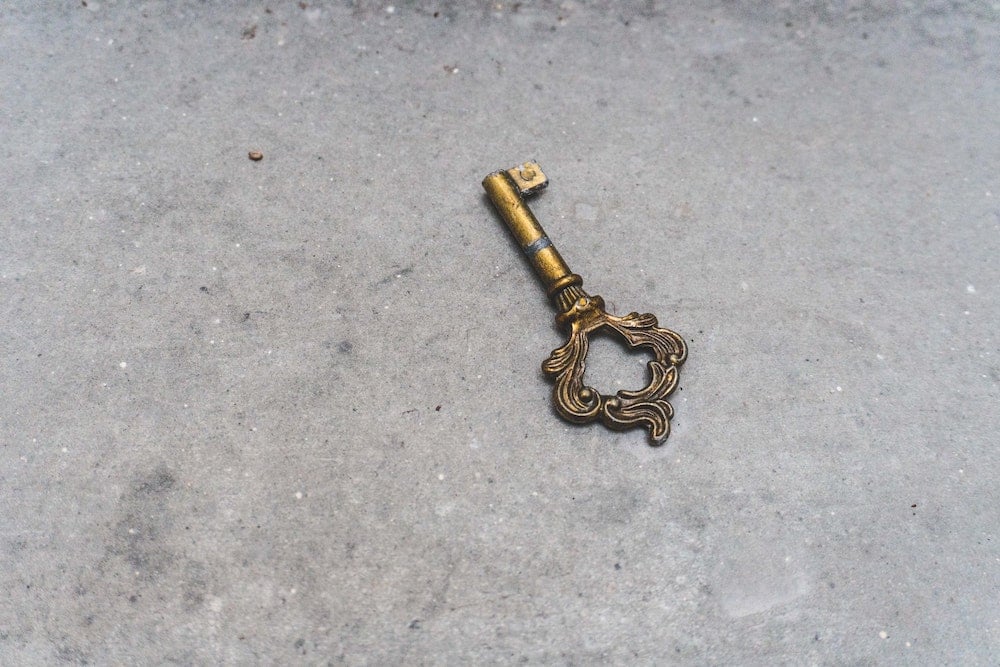
During the Middle Ages, European cities were walled with the gates locked at night. The "key to the city" was given to residents and visitors who were trusted to enter the gates at any time. Today, mayors often give this ceremonial key to distinguished guests to honor and welcome them.
Keys also were once worn proudly on outer garments or belts to display status. They remain a symbol of trust because awarding someone keys means you trust them with access to some portion of your domain.
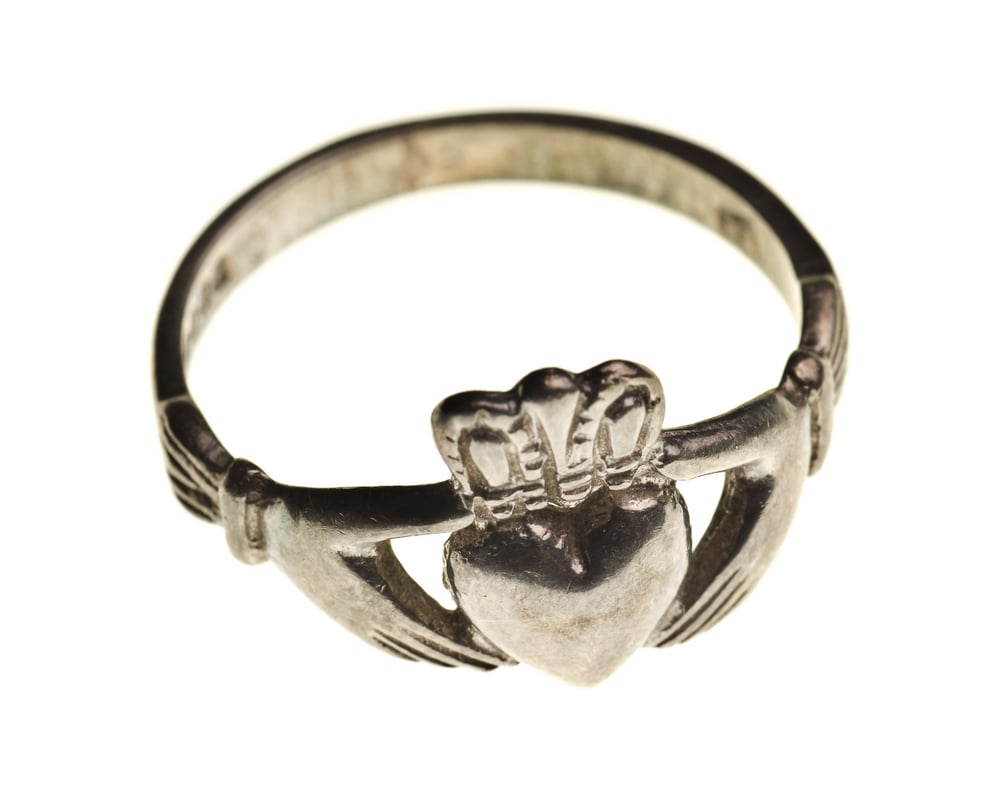 If you search on stock photography sites for symbols of trust, you'll often find hands holding or forming a heart. This imagery is inspired by the Claddagh ring, one of Ireland’s most iconic symbols. Two hands embracing a heart adorned with a crown symbolize the bonds of love and trust. Legend has it that a 17th century Irish fisherman, after being captured by pirates and sold into slavery, forged a ring of gold featuring a heart of love, a crown of loyalty and hands of friendship. After gaining his freedom, he married the woman who had waited years for his return.
If you search on stock photography sites for symbols of trust, you'll often find hands holding or forming a heart. This imagery is inspired by the Claddagh ring, one of Ireland’s most iconic symbols. Two hands embracing a heart adorned with a crown symbolize the bonds of love and trust. Legend has it that a 17th century Irish fisherman, after being captured by pirates and sold into slavery, forged a ring of gold featuring a heart of love, a crown of loyalty and hands of friendship. After gaining his freedom, he married the woman who had waited years for his return.
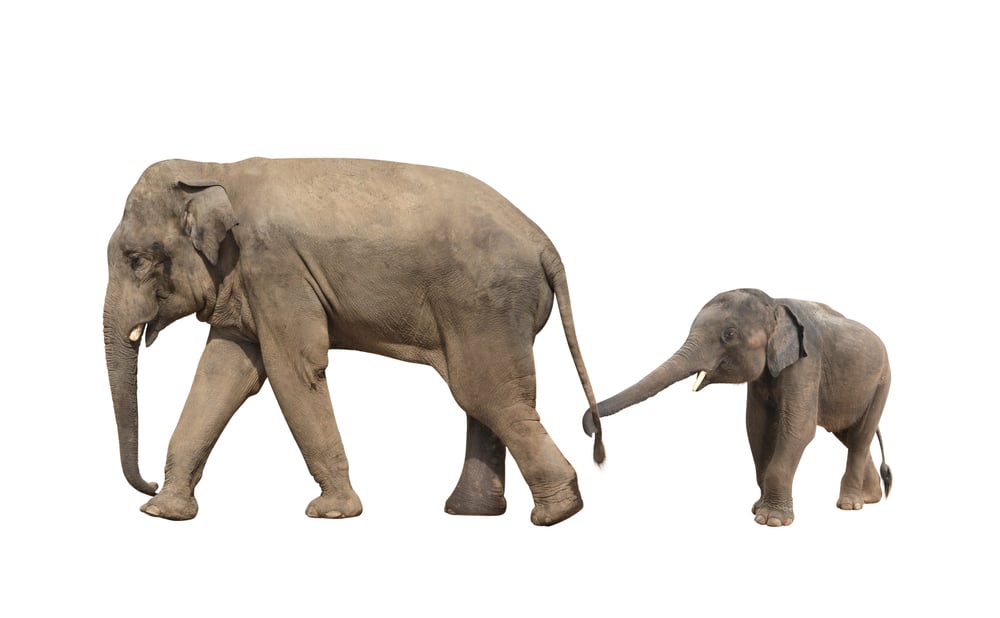
Trust often derives from faithfulness, and there is no animal that symbolizes fidelity like the elephant. Ancient rock carvings of elephants suggest that even early humans noticed the strength of the elephant's familial bonds and sought to emulate them. Elephants possess memories that enable them to recognize other elephants, and even humans, for a lifetime. They can keep track of the locations of up to 30 companions at a time, and use their vivid memories of past experiences, such as droughts, to help survive future hardships. Because elephants remind us to respect and remember our relationships, they are a perfect icon for loyalty and trust.
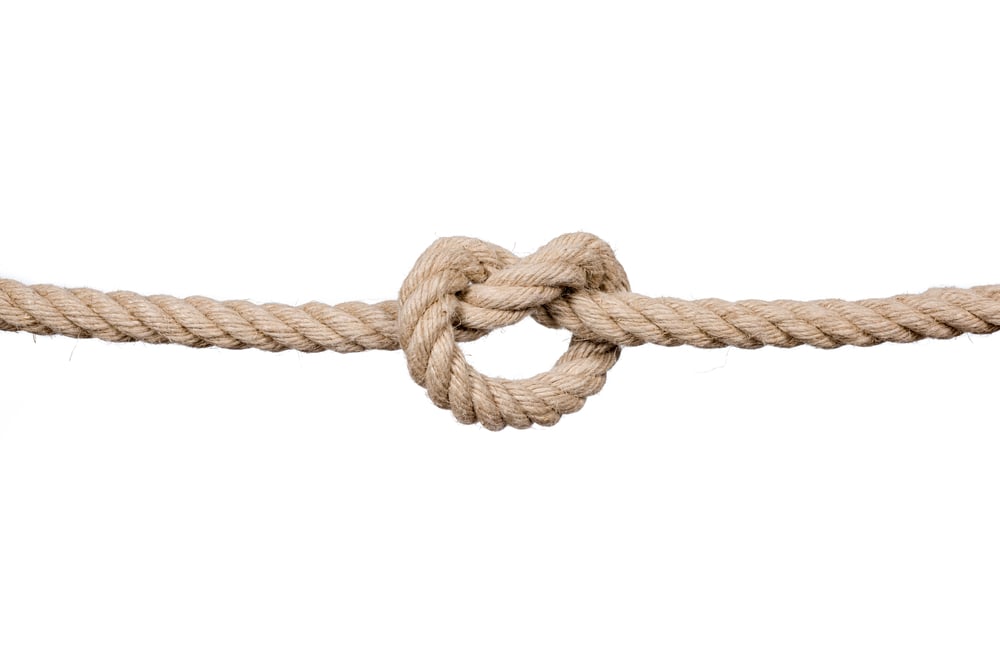
You might notice that the rope knot above evokes the Claddagh, but knots of all kinds have long been used to symbolize trust, a symbolism that is common on stock photography sites. Writer Julian Stodd deconstructs the "knot as trust" metaphor in this way:
Knots are, themselves, convoluted, both intentionally, and metaphorically: they represent safety, but also imprisonment. We tie things both ‘up’, and ‘down’. We ‘tie the knot’ when we are married, but get caught in knotty problems ... Trust, whilst a unifying force, can also be a binding one ... We learn knots that hold us safe, and perhaps we learn how to untie the things that bind us.
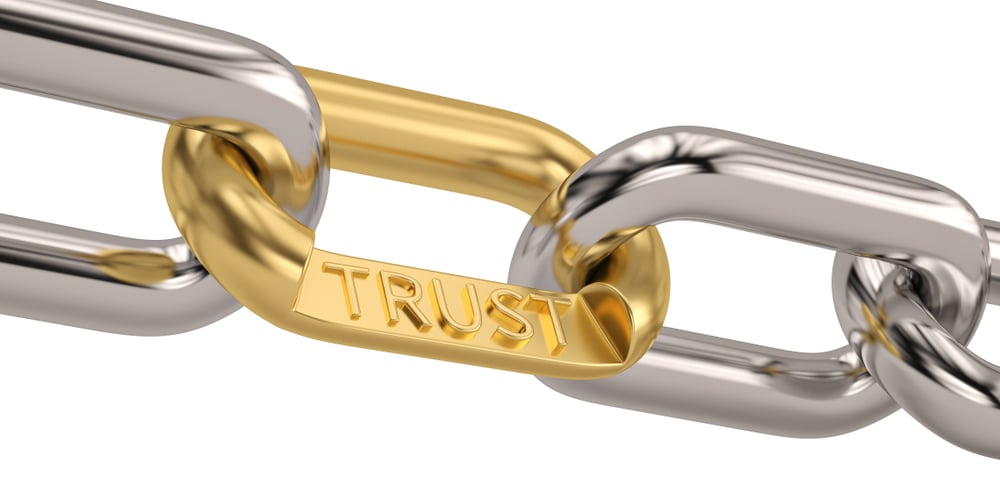
Chain links are often found in imagery representing trust in business. Chains are a symbol of strong attachment; however, even more so than with rope knots, there are positive and negative connotations for this symbol. Chains can been seen to represent a nonconsensual bond, such as imprisonment or slavery, with broken chains representing freedom. In the Middle Ages, some believed that a golden chain bound the soul to the body; this is why you might find broken chain links on a headstone, representing the release of the spirit from the body.
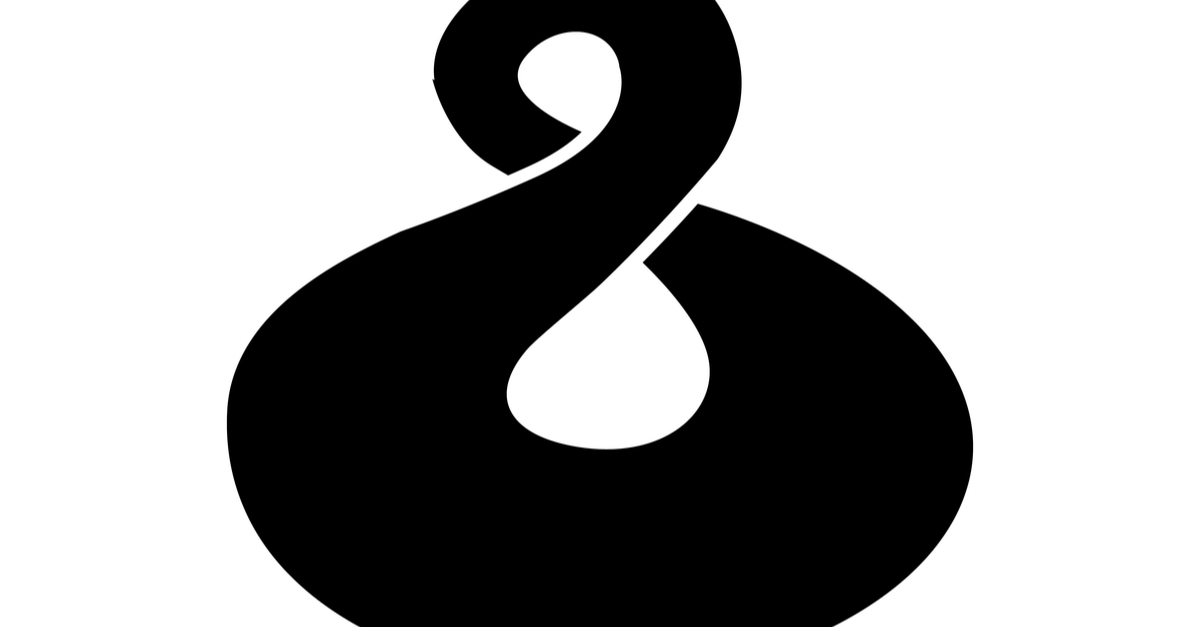
The Pikorua is an ancient symbol of trust of the Māori, the indigenous Polynesian peoples of New Zealand. It has multiple variations, from a figure eight (above) to double and triple twist forms. While the figure eight represents the bond of two individuals, the double twist symbolizes the connection of a larger group, and the triple twist represents trust and friendship between peoples and cultures.
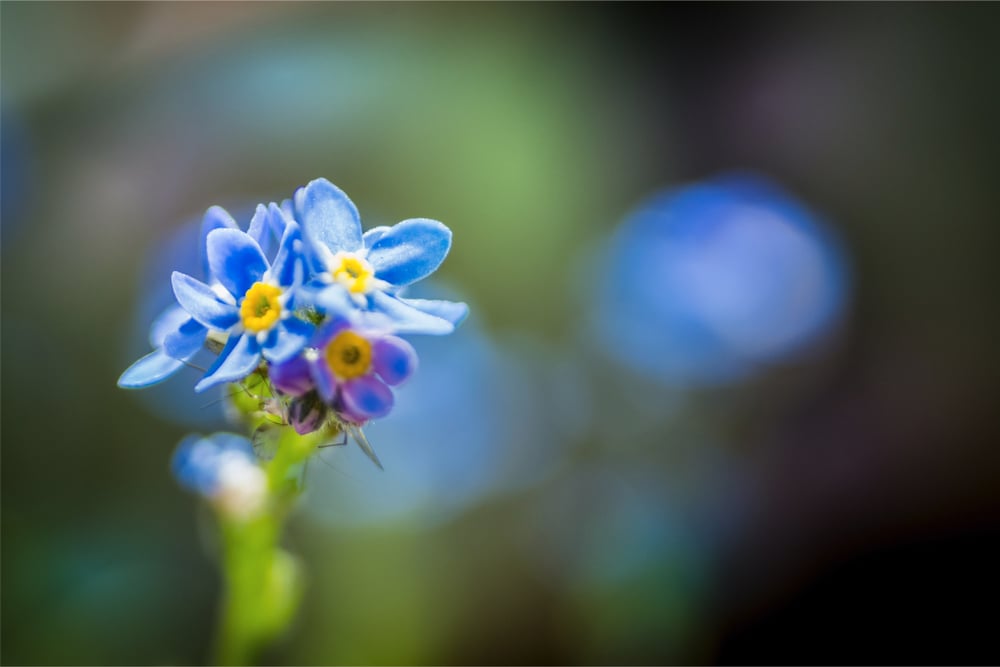
Forget-me-nots represent long lasting connections that cannot be shaken or undone, as illustrated by a German myth about the naming of the plant. The story tells of two lovers strolling along the Danube. As the man retrieves some of the tiny blue flowers that grow along the banks of the river, he is swept away by the currents and calls out to his lover: “Forget me not!” The flower has become a symbol of remembrance and fidelity worldwide. This includes serving as a symbol for groups fighting dementia among the elderly.

As strong as lumber but with hollow grass stems, bamboo represents both strength and flexibility in Chinese culture. As the martial artist and actor Bruce Lee said in admiring bamboo:
Notice that the stiffest tree is most easily cracked, while the bamboo or willow survives by bending with the wind.
By virtue of its root structure, bamboo also represents the power of bonds with others. Because it is a grass, its root system grows horizontally through the dirt, intertwining with the roots around it. This keeps bamboo from being uprooted during a storm and prevents soil erosion. These interconnected roots symbolize the strength that comes from our bonds with friends, family and community.

The earliest act on the flying trapeze is believed to have been performed by Jules Leotard of France at the Cirque Napoleon in Paris in 1859. Ever since, trapeze artists have literally put their lives in each other's hands to accomplish a shared mission; it's an ultimate symbol of teamwork and trust.
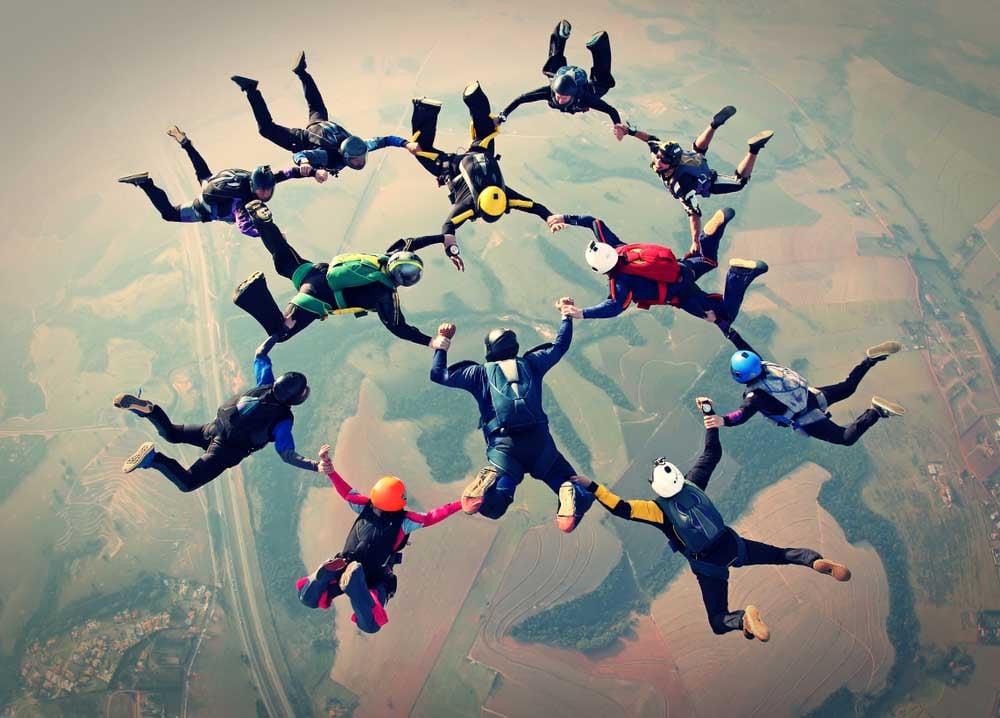
A trust fall is an exercise done for the purpose of building trust among teammates in any organization or business. Typically, one person stands on a platform, closes their eyes and falls backwards, relying on the others on the team to catch them before they hit the ground. Many organizations do trust falls as part of team-building outings; they have become so well-known that imagery of trust falls has come to symbolize trust. Other examples of falling, such as group skydiving, have also emerged as trust symbols.
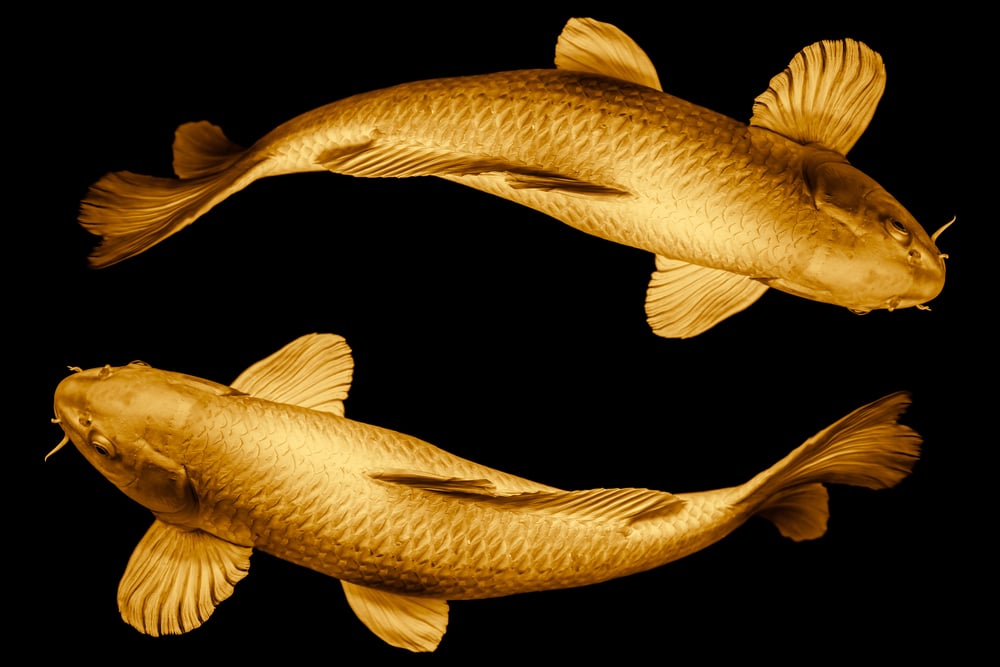
While goldfish such as Koi represent happiness and good fortune in Eastern tradition, a pair of golden fish represent something more. In Tibetan Buddhism, the two golden fish symbolize a couple's trust in taking on life's trials and challenges together. In China, vases and other ornaments decorated with the two golden fish are popular gifts for newlyweds.
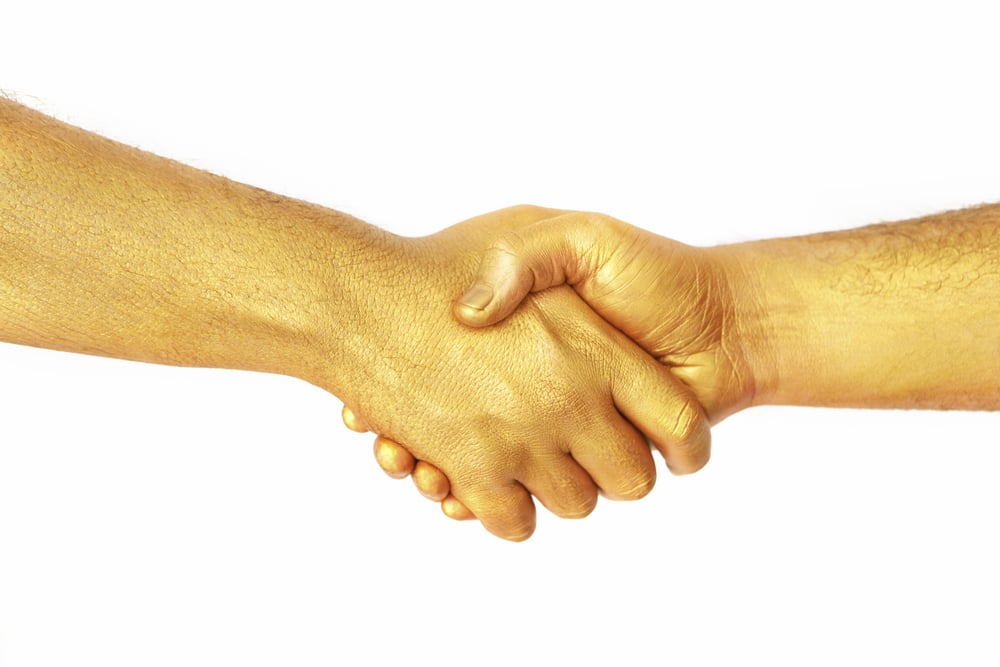
Most scholars track the origins of the handshake to ancient Greece. The ritual was more than symbolic; by extending one's right hand, strangers could demonstrate that they weren't holding a weapon. Some historians believe the shaking gesture came later, in the Middle Ages, when knights would shake hands vigorously in an attempt to dislodge hidden weapons, such as a dagger up the sleeve. Today, while fist bumps and elbow bumps may be the norm in the era of COVID-19, handshakes remain the single most common symbol of trust in business. This symbol is so widely used, in fact, that handshake imagery often seems cliche and unimaginative when included on a business website or in a marketing campaign. So use this trust symbol with discretion.
 From office buildings to books to laptop screens, we see four-sided shapes around us every day, which is why we tend to associate rectangles and squares with trust. You trust the rectangular table you put your belongings on to support them. You trust the rectangular door frame not to collapse when you enter a building or room.
From office buildings to books to laptop screens, we see four-sided shapes around us every day, which is why we tend to associate rectangles and squares with trust. You trust the rectangular table you put your belongings on to support them. You trust the rectangular door frame not to collapse when you enter a building or room.
And that is why from H&R Block to Lego to Microsoft, trusted brands incorporate rectangles and squares in their logos to reinforce their trustworthiness. Brands like American Express double-down on trust by using not only a square logo, but a blue one, too.
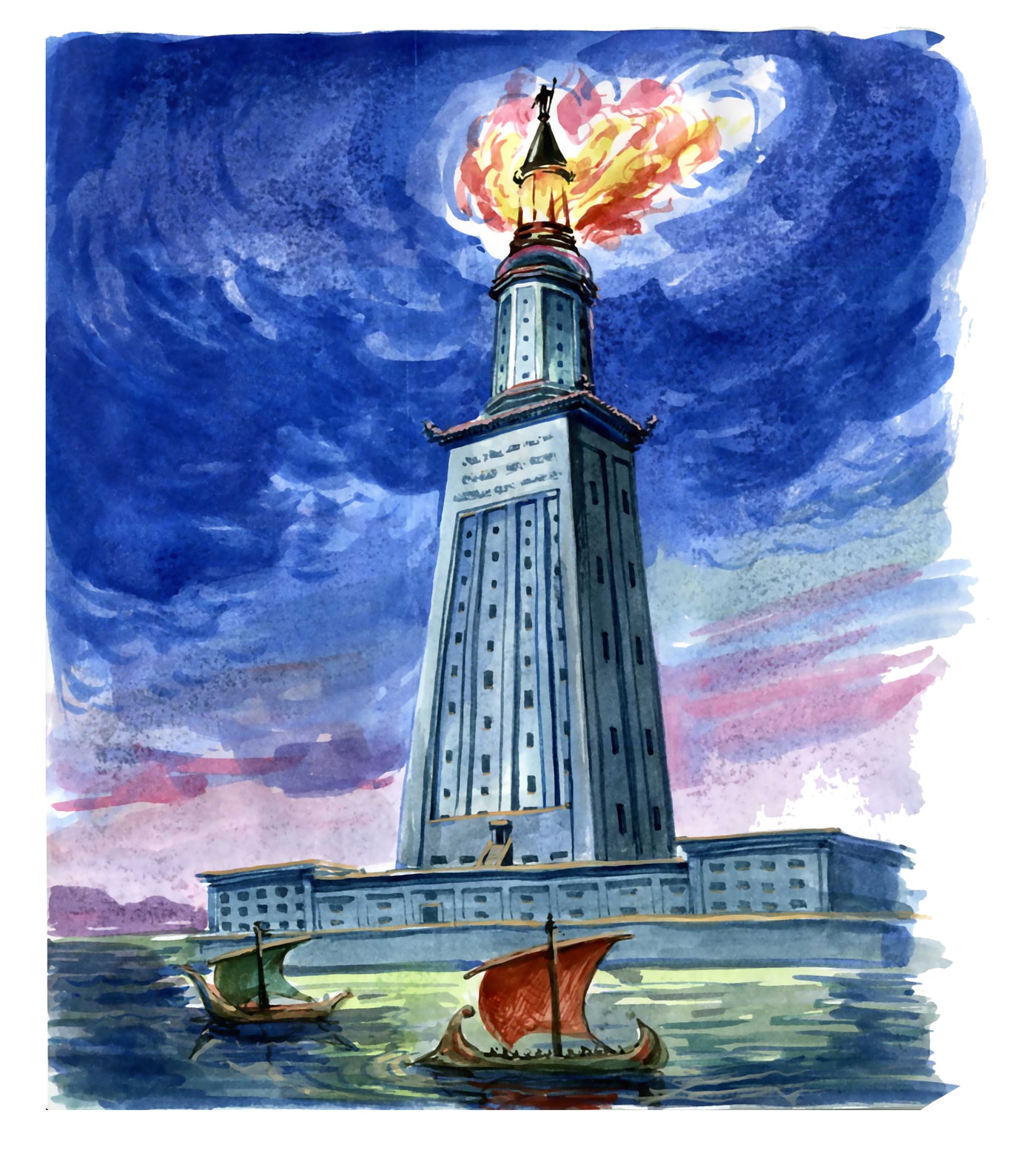 Since the construction of the Pharos of Alexandia—a lighthouse on the Egyptian Nile and one of the Seven Wonders of the Ancient World—lighthouses have stood for safe harbor. Because lighthouses are built to guide sailors through dangerous storms and turbulent waters in the dark of night, it's no wonder they have emerged as such an enduring symbol of trust. Lighthouses are also a longstanding symbol of the Christian faith, representing Christ's steady guidance of his followers through the sea of life.
Since the construction of the Pharos of Alexandia—a lighthouse on the Egyptian Nile and one of the Seven Wonders of the Ancient World—lighthouses have stood for safe harbor. Because lighthouses are built to guide sailors through dangerous storms and turbulent waters in the dark of night, it's no wonder they have emerged as such an enduring symbol of trust. Lighthouses are also a longstanding symbol of the Christian faith, representing Christ's steady guidance of his followers through the sea of life.

Scott is founder and CEO of Idea Grove, one of the most forward-looking public relations agencies in the United States. Idea Grove focuses on helping technology companies reach media and buyers, with clients ranging from venture-backed startups to Fortune 100 companies.

"Trust signals," broadly defined, are the evidence points that inspire confidence in your brand...

I'm obviously a believer in the power of trust badges on your website. But you can always have too...
Leave a Comment